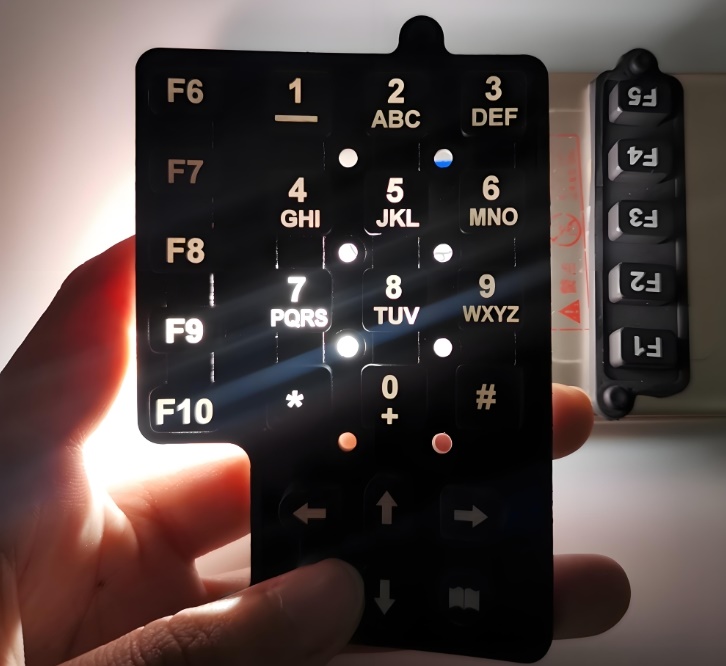Capacitive touch sensors have revolutionized how we interact with technology, providing seamless and intuitive interfaces across various devices. However, users may occasionally encounter unresponsive screens, leading to frustration and reduced productivity. This article explores practical troubleshooting solutions while highlighting the product¨s key selling points, addressing user pain points, and showcasing its applications, design features, and value.More importantly, put silicone rubber keyboard It is imperative for us to make thorough analysis and maximize its social function. https://singway-touch.com/
Capacitive Touch Sensor Troubleshooting: Solutions for Unresponsive Screens
Common Causes of Unresponsive Capacitive Touch Sensors
Electrical Interference
Devices operating near strong electromagnetic fields can experience disruptions, causing touch sensors to malfunction. This is common in industrial environments where heavy machinery or power supplies are prevalent.
Physical Damage or Dirt
Cracks, scratches, or accumulated dirt on the screen can prevent proper touch recognition, making the sensor seem unresponsive. Regular maintenance and protective coatings can help mitigate these issues.
Software Malfunctions
Outdated firmware or incompatible software may result in inconsistent sensor performance, requiring updates or recalibration.
Troubleshooting Solutions
Check Environmental Factors
Reducing nearby electrical interference can significantly enhance sensor responsiveness. Moving the device or using electromagnetic shielding can be effective solutions.
Clean and Inspect the Screen
Cleaning the screen with a microfiber cloth and inspecting it for physical damage ensures that the sensor surface is in optimal condition.
Perform Software Updates
Ensuring the latest firmware and software versions are installed helps maintain compatibility and improves overall sensor performance.
Recalibration
Recalibrating the touch sensor can realign the touch input, enhancing accuracy and response times.
Key Selling Points
High Sensitivity and Precision
Capacitive touch sensors offer unparalleled sensitivity, allowing for light touches to be registered instantly, improving user experience across various applications.
Durability and Longevity
Advanced materials and coatings enhance resistance to wear and tear, ensuring long-lasting performance even in demanding environments.
Customizable Designs
Sensors can be tailored to fit different screen sizes and shapes, providing versatility across multiple industries, from automotive dashboards to medical equipment interfaces.
User Pain Points and Solutions
Inconsistent Responsiveness in Harsh Environments
Solution: Sensors designed with enhanced protective coatings and ruggedized enclosures maintain functionality in extreme conditions, providing reliable operation.
Frequent Calibration Needs
Solution: Auto-calibrating sensors reduce the need for manual adjustments, minimizing downtime and improving efficiency.
Compatibility Issues
Solution: Cross-platform compatibility ensures seamless integration into various devices and operating systems, offering flexibility for different applications.